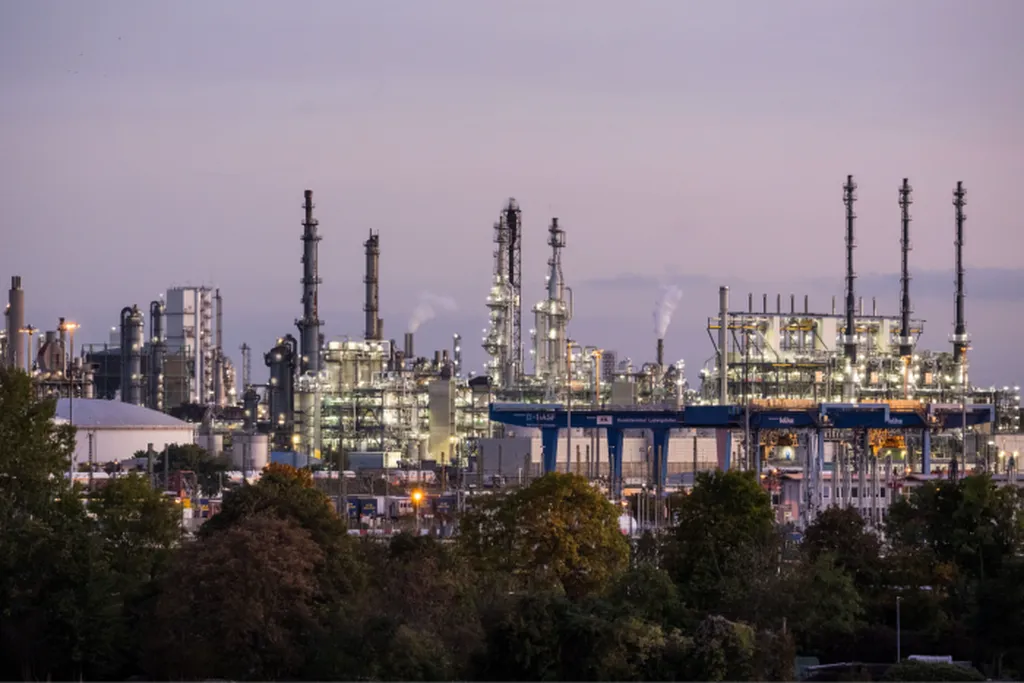In the bustling world of construction and energy infrastructure, where precision and efficiency are paramount, a groundbreaking advancement has emerged from the Department of IT Convergence Software Engineering. Lead author Jong-Kyu Yun and his team have developed an innovative algorithm that promises to revolutionize the way petrochemical plants are designed and constructed. This isn’t just another incremental improvement; it’s a leap forward in integrating design and construction phases using Building Information Modeling (BIM).
The algorithm, detailed in a recent study published in the journal *Advances in Civil Engineering* (translated to English as “Advances in Civil Engineering”), focuses on converting design models into construction-ready formats within a 3D BIM environment. This process involves extracting 3D geometry and design attributes from Autodesk Revit and plant design management system (PDMS) models, then incorporating construction-specific information like work breakdown structure (WBS), weld types, and spool segmentation. The result is a task-aligned 3D construction model in a structured JSON format.
“What sets this approach apart is its ability to automate the transformation of BIM design models into construction-phase models,” explains Yun. “This capability has not been demonstrated in previous studies, making it a unique and fully integrated solution.”
The practical implications for the energy sector are substantial. By visualizing progress across work packages using Navisworks, the system supports partial updates when design or construction data changes. This enhances construction traceability, workflow efficiency, and real-time management, ultimately improving project outcomes and reducing costs.
“The proposed method improves the utility of 3D models on the construction site,” Yun adds. “It’s a significant step towards digital transformation in the construction industry.”
While the current implementation supports Revit and PDMS models, future research aims to address multiplatform compatibility with tools like Hexagon SmartPlant 3D. This forward-looking approach ensures that the algorithm will remain relevant and adaptable to the evolving needs of the industry.
The study represents a significant advancement in BIM-based construction modeling. By bridging the gap between design and construction, it offers a foundation for digital transformation in the construction industry. As the energy sector continues to evolve, such innovations will be crucial in meeting the demands for efficiency, accuracy, and sustainability.
In the words of Yun, “This is just the beginning. The potential for further integration and automation in construction modeling is vast, and we are excited to explore these possibilities.”

